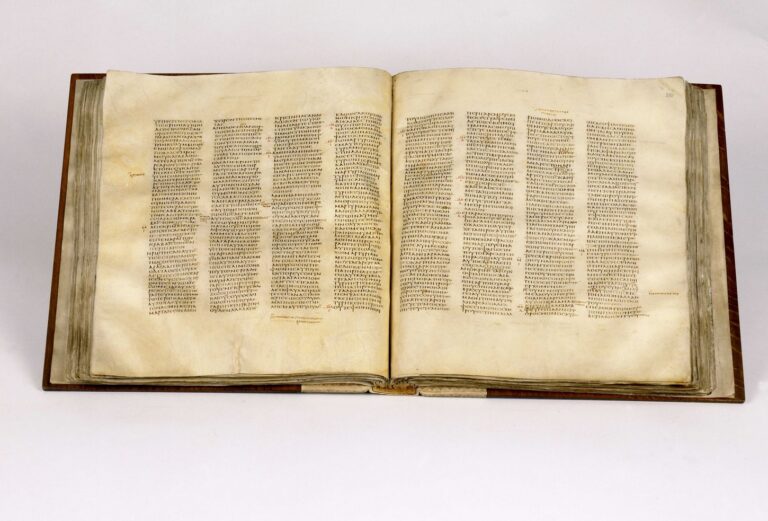Aren’t older manuscripts more reliable?
In the world of manuscripts, “older” does not mean “more reliable”. There are three reasons for this. First, the farther back in time we go, the more skewed and unrepresentative the evidence becomes. Second, there is no scientific correlation between the age of a manuscript and its number of copyist errors. Third, the existence of … Read more



